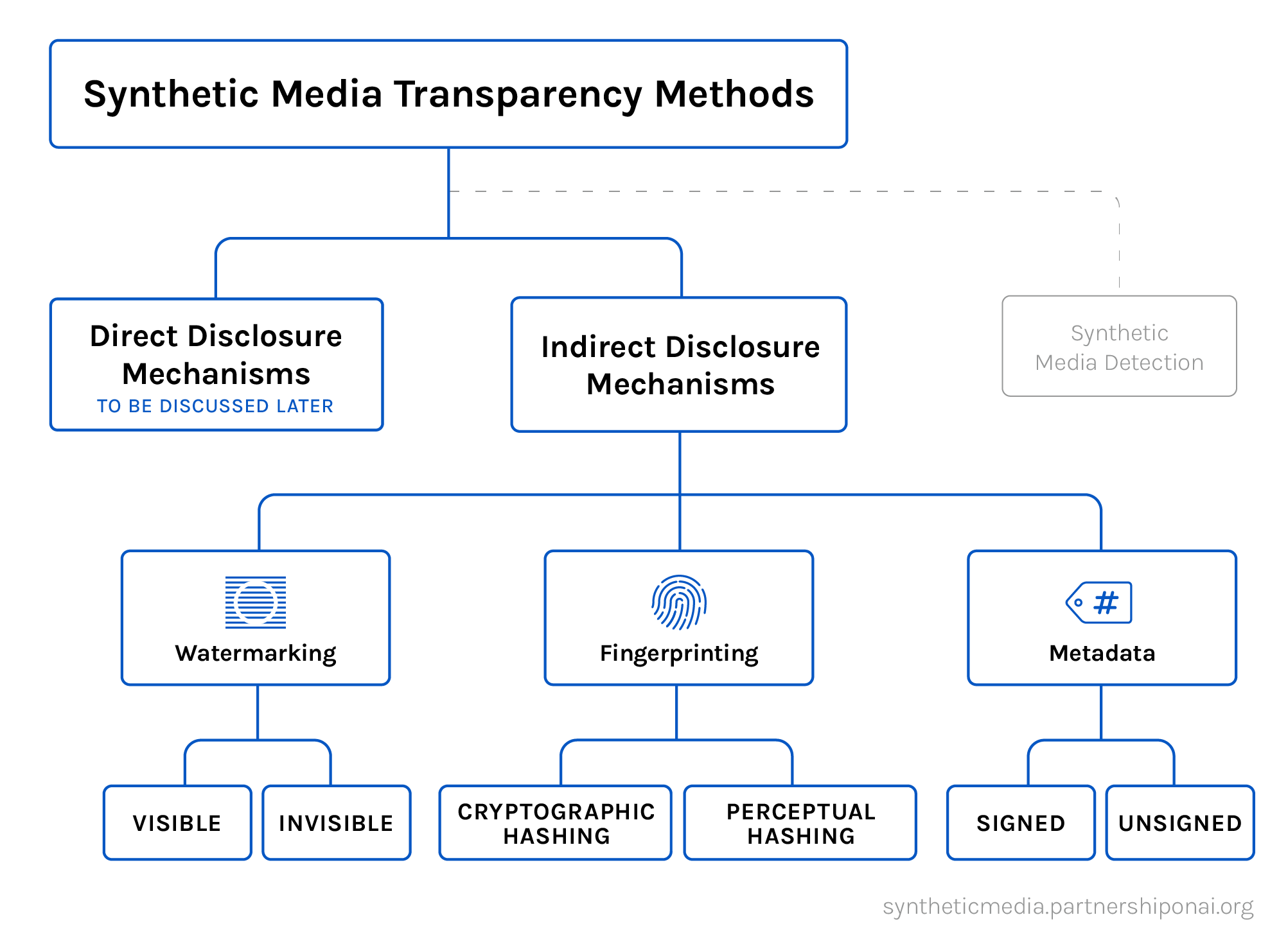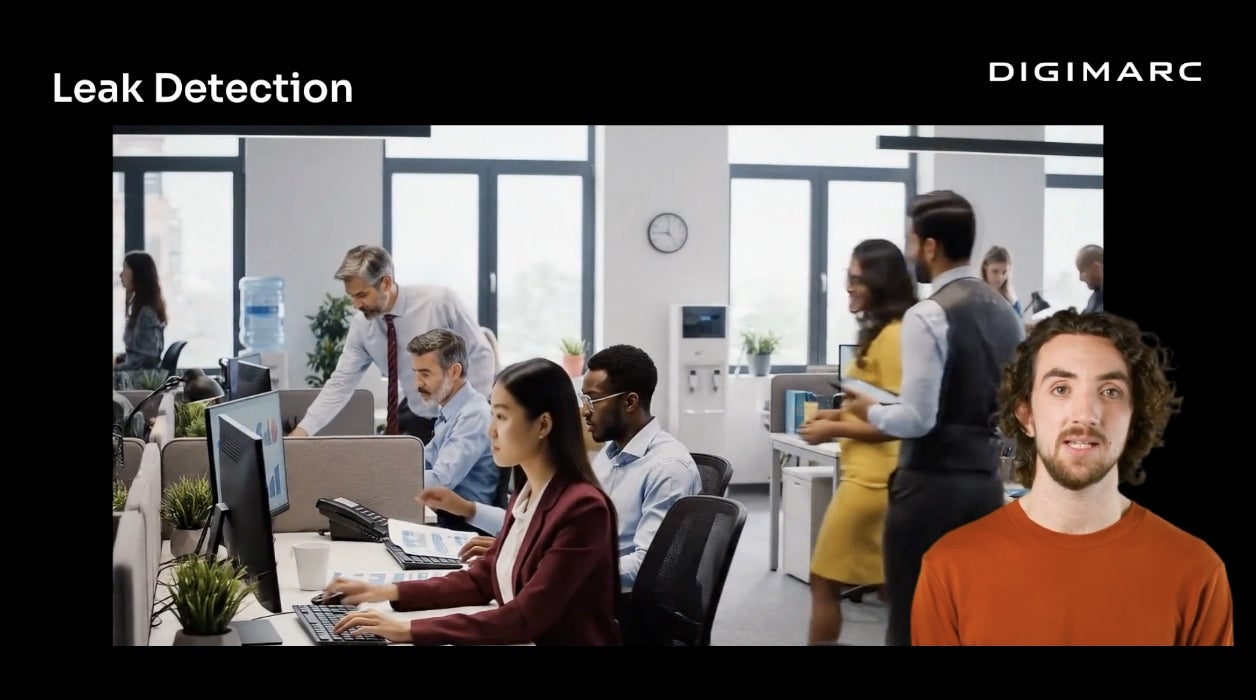February 12, 2024
With the rise of generative artificial intelligence (GenAI), and the resulting heightened risk of image manipulation, content consumers are wondering what can and cannot be trusted online. Re-establishing trust in digital content in the age of GenAI is a timely and important topic in 2024 with elections worldwide.
The C2PA standard is designed to tackle the issue of trust by tracking the origin and history of online assets via Content Credentials. This technology allows content creators to add provenance data to original digital assets in a standardized manner via cryptographically signed metadata attached to assets called C2PA manifests. C2PA manifests are attached to digital assets via the tools and workflows content creators typically use. For instance, Leica or Nikon digital cameras can add signed C2PA manifests to pictures at the source. The same is true for image editing tools like Photoshop or AI generation tools like Adobe Firefly or OpenAI's DALL-E. Consumers simply click the Content Credentials icon on the digital asset to reveal and verify the data tied to the asset.
At Digimarc, we are firm supporters of C2PA and its mission. For instance, we launched and open-sourced the world’s first browser extension to turn Chrome into a C2PA validator. We joined the C2PA consortium a few years ago, most recently taking an active role by co-chairing the new watermark work group with Adobe. The new work group is tasked with making the standard more resilient by strengthening the link between assets and C2PA manifests using digital watermarks for greater protection and resistance to tampering.
Why is this important? C2PA manifests are added as metadata to an asset versus being embedded into the asset itself. As a result, the metadata can easily be stripped from a digital asset by a malicious actor using a simple online tool. And pertinent to content creators and consumers is the fact that many tools and platforms in the market today automatically strip metadata from digital assets. Uploading an image to a social network, sending a video via an instant messaging app, editing an image with a mobile phone app – all these common workflows lead to the frequent loss of digital asset manifests. This is where digital watermarks can help. Digital watermarks create a more persistent link between the asset and its manifest. An imperceptible digital watermark embedded in an image, video or audio track references the manifest and helps recover it should the manifest become detached.

We started the work to integrate these concepts into the standard a few months ago with the first step toward the standard’s support for digital watermarking technology included in the recently released version 2.0 of the C2PA specification. There is now a standard ‘action’ to signal that a watermark has been added to an asset to create a binding tether between the asset and the manifest. Clearly, this is only the starting point, and many more steps will be taken to facilitate the integration of digital watermarks. It is important to state that the goal is to make the C2PA standard vendor agnostic, allowing watermark vendors and open-source watermark technologies with their specific strengths to be integrated in a uniform manner.
Our own Digimarc Validate will support the upcoming standard as it matures. Moreover, we recently doubled down on our commitment to protect content owners and consumers by offering device and chip manufacturers and content creation platforms free access to our digital watermark embedding and detection tools for digital assets.
We truly believe that the combination of digital watermarks and C2PA provenance manifests can be a more powerful tool to protect content creators and consumers. Creating a safer, fairer, more transparent internet requires this sort of innovative thinking and collaboration.
